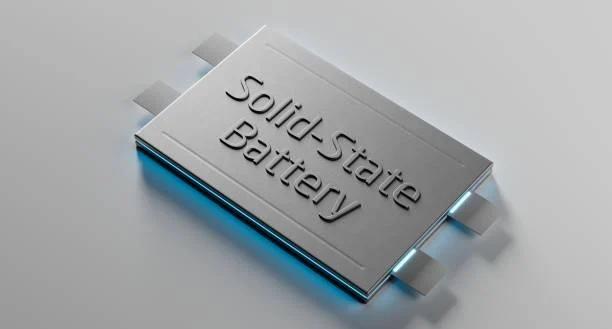2025-05-27
In the C&I energy storage field, choosing the right battery technology has a direct impact on safety, cost-competitiveness, and system lifespan. Right now, Lithium Iron Phosphate (LFP) batteries dominate thanks to maturity and dependability, with semi-solid batteries picking up due to heightened safety. Which one will shape the future? Let's break this down from three broad viewpoints: performance, cost, and application scenarios.
(1) Safety: Semi-Solid Sets the Pace

LFP: Thermally more stable than ternary lithium batteries but still uses liquid electrolytes that can leak or lead to thermal runaway (e.g., the 2021 Tesla Megapack fire in Australia).
Semi-Solid: Contains over 50% solid-state electrolyte that will not burn even if pierced or exposed to high temperatures—ideal for high-safety applications like chemical plants and data centers.
(2) Cycle Life: Relatively Balanced
Good-quality LFP: Up to 6,000 cycles (e.g., CATL 280Ah energy cell).
Semi-Solid: Test results report up to 8,000 cycles, but real outcomes still to be proven.
(3) Temperature Performance: Semi-Solid Leads the Way
LFP: Performance drops sharply at about -10°C, requiring additional heating systems.
Semi-Solid: Works through a wide temperature range (-20°C to 60°C, such as WeLion's products), reducing the cost in cold regions.
Key Insight:
Before 2025: LFP remains the most cost-effective, especially for price-sensitive small and medium-sized C&I projects.
After 2025: If semi-solid costs come below 0.8 RMB/Wh (e.g., due to dry electrode manufacturing), its longer lifespan could shift the economics.
Where LFP Excels:
Small C&I solar + storage: Rural solar stations, convenience store backup—cost is paramount.
Grid frequency regulation: Requires fast charge/discharge—LFP is the proven solution.
Where Semi-Solid Beats:
High-safety requirement: Petrochemical zones, underground malls, and fire-risk areas.
Harsh climates: Northwest wind + storage, tropical microgrids—less energy wasted on thermal management.
Long-duration storage: 8-hour storage with solar farms, where its long cycle life really comes into its own.
As a system integrator, our view is:
Short Term (Next 3 Years): LFP will maintain over 80% market share, though semi-solid will make a niche high-end play (e.g., Ganfeng Lithium's 2024 semi-solid project for a semiconductor factory).
Mid Term (5–8 Years): Expect a multi-tiered market—semi-solid for safety-premium applications, LFP for standard demand.
Long Term: When all-solid-state batteries reach commercialization, the tech landscape can transform. In the meantime, semi-solid + LFP hybrid systems will remain a workable stepping stone.
Conclusion: No One-Size-Fits-All Champion—Only the Right Pairing
In the near term, LFP and semi-solid batteries will coexist rather than one replace the other:
If your project demands extreme cost-efficiency, then LFP is the recommended choice.If your priority is uncompromising safety, then semi-solid batteries are the better option.
With improving technology, the disparity in price between the two will come down even further. For the customers of C&I, the brightest choice is to match the nature of the battery with what your project is specifically looking for.